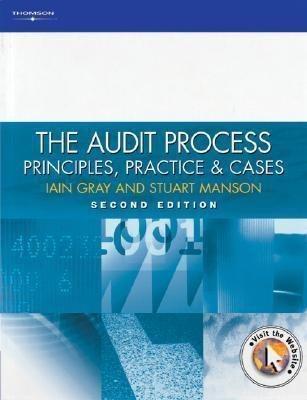

Attached is 'survey' data from last year on the "Test Yourself" assessment. The mean score is 7.16 & the standard deviation is 2.83. Based on this how do you stack up to the entire population of students who have taken the "Test Yourself" assessment over the past 7 years? 1. What percentage of the students scored above you? 2. What percentage of the students scored below you? 3. In looking at the 'raw data' attached do you have enough scores in order to use the Z table? 4. In looking at the 'raw data' attached show how it "holds up" to the empirical rule which states that 68% of the scores will fall between 1 standard deviations, XX% of the scores will fall between 2 standard deviations, & that 99.7% will fall between 3 standard deviations of the mean. Draw out the diagram and label the 1,2 & 3rd s.d. Score Frequency 4 3 5 4 6 10 4. In looking at the 'raw data' attached show how it "holds up" to the empirical rule which states that 68% of the scores will fall between 1 standard deviations, XX% of the scores will fall between 2 standard deviations, & that 99.7% will fall between 3 standard deviations of the mean. Draw out the diagram and label the 1,2 & 3rd s.d. Score Frequency 4 3 5 4. 6 10 7 7 8 00 3 8.2 1 9 1 12 1 16 2. Did 28 not take Attached is 'survey' data from last year on the "Test Yourself" assessment. The mean score is 7.16 & the standard deviation is 2.83. Based on this how do you stack up to the entire population of students who have taken the "Test Yourself" assessment over the past 7 years? 1. What percentage of the students scored above you? 2. What percentage of the students scored below you? 3. In looking at the 'raw data' attached do you have enough scores in order to use the Z table? 4. In looking at the 'raw data' attached show how it "holds up" to the empirical rule which states that 68% of the scores will fall between 1 standard deviations, XX% of the scores will fall between 2 standard deviations, & that 99.7% will fall between 3 standard deviations of the mean. Draw out the diagram and label the 1,2 & 3rd s.d. Score Frequency 4 3 5 4 6 10 4. In looking at the 'raw data' attached show how it "holds up" to the empirical rule which states that 68% of the scores will fall between 1 standard deviations, XX% of the scores will fall between 2 standard deviations, & that 99.7% will fall between 3 standard deviations of the mean. Draw out the diagram and label the 1,2 & 3rd s.d. Score Frequency 4 3 5 4. 6 10 7 7 8 00 3 8.2 1 9 1 12 1 16 2. Did 28 not take








